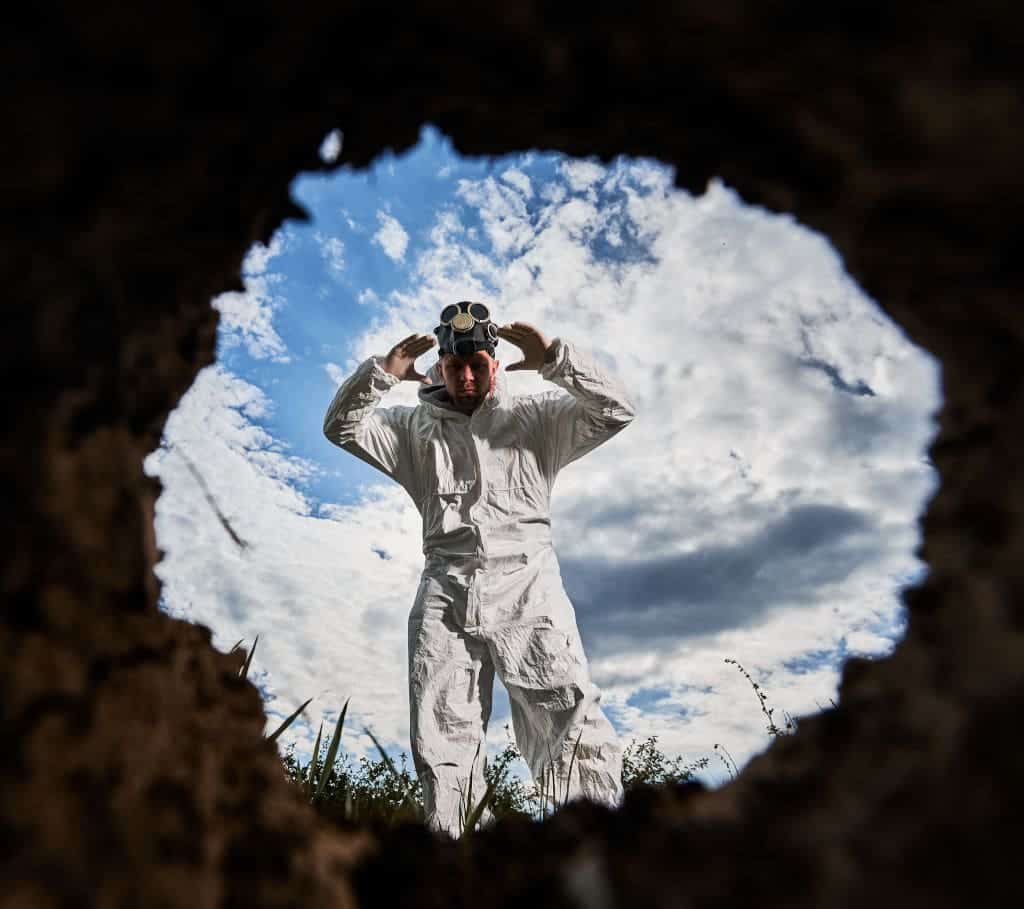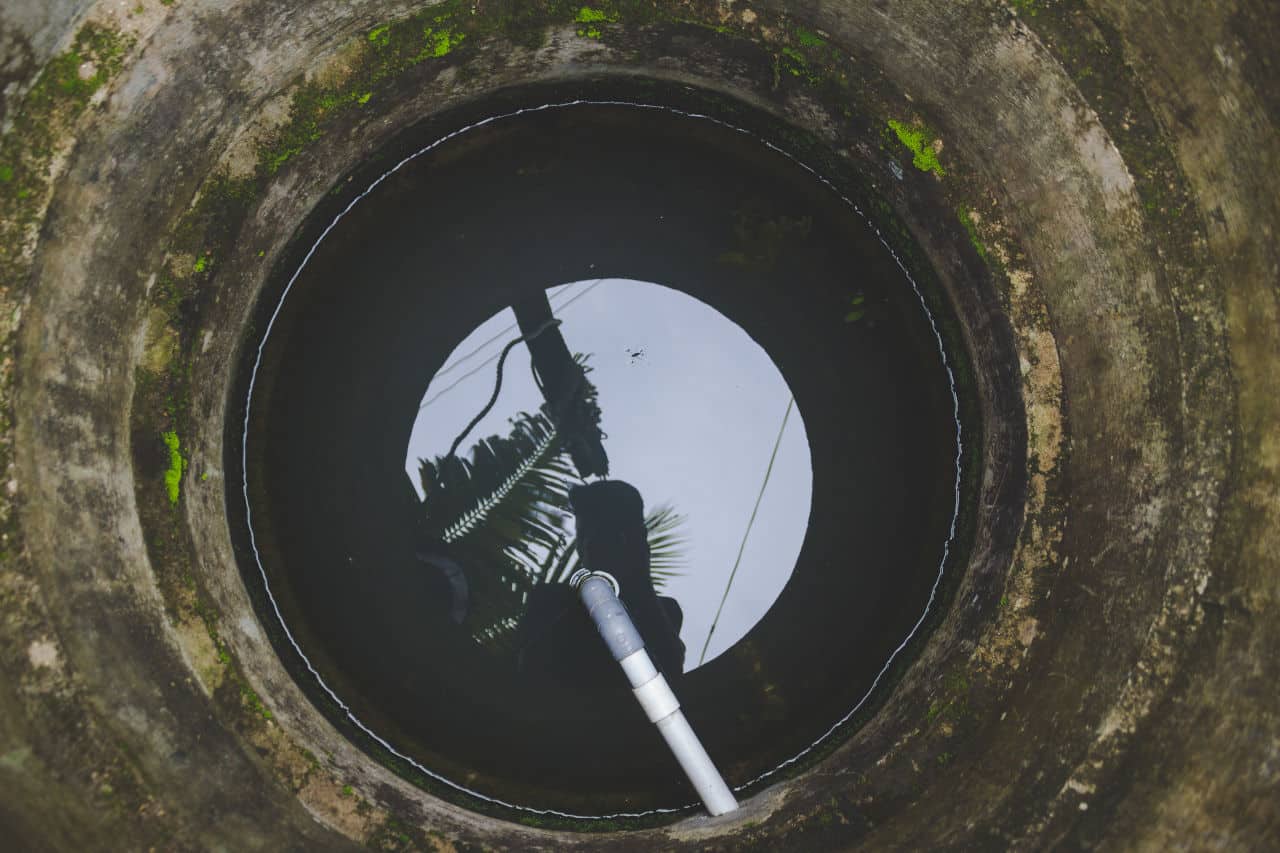A toxic tort is a personal injury claim involving damage brought on by exposure to toxic substances like chemicals, pesticides, drugs, or other dangerous substances.
Victims may be entitled to financial compensation in a toxic tort lawsuit when exposure is brought on by the tainting of drinking water, air pollution, or the presence of disease-causing substances at work.
There is a wide range of possible impacts that toxic torts may have. It may include short-term concerns like sickness to longer-term ones, causing problems that may not immediately be obvious. For instance, several environmental pollutants have been linked to a higher risk of cancer and birth problems. As a result, it’s possible that until months or years later, you won’t even be aware you were exposed to a toxin.
Toxic tort lawsuits are distinct from other personal harm claims for two reasons.
Firstly, hazardous torts rarely have just one victim because of the harm they cause. As a result, lawsuits involving dozens, hundreds, or even thousands of plaintiffs are common.
Secondly, because it can be challenging to demonstrate that specific illnesses or injuries were brought on by toxins to which plaintiffs may have been exposed, toxic tort cases, especially those involving environmental pollution, can be very complicated.
You can resolve this challenge in three ways—scientific investigation, expert opinions, and forensic animation.
How Can Forensic Animation Help in Toxic Tort Contamination Cases?
As stated earlier, a toxic tort can be very challenging to prove due to its complexity and the inability to give comprehensive scientific backing to the claim.
A concept is complex until it is not. The onus lies on the person (in this case, an attorney at law) who wants to pass this message across to do so in an all-inclusive and credible manner. To achieve this, scientific investigation is non-negotiable, expert opinion is necessary, and forensic animation is the icing on the cake.
One of the most famous cases of toxic tort contamination features scientific investigation. The investigation played an active role in bringing justice to the plaintiffs. This significant toxic tort case is that of Erin Brockovich, Anderson, et al. V. Pacific Gas & Electric.
Case Study: Erin Brockovich, Anderson, et al. V. Pacific Gas & Electric.
In a personal injury action known as toxic tort, the plaintiffs alleged that a chemical was to blame for their illness and injury. Erin Brockovich discovered in the early 1990s that contaminants in the groundwater were sickening and killing the inhabitants of Hinkley, California, prematurely.
After collecting samples, Ms. Brockovich had them examined appropriately in laboratories. The findings were shocking. It was discovered that the groundwater had hazardous amounts of hexavalent chromium.
The defendants, Pacific Gas & Electric (PG & E), were to blame. They were, therefore, instructed to clean up and eliminate the hexavalent chromium. However, they never complied and continued with the contamination.
Thereafter, the court mandated that PG & E pay $333 million in damages to the plaintiffs at the end of a toxic tort trial. This trial was later documented as a motion picture, Erin Brokovich.
The above case featured not only scientific investigation but also ensured expert witness coverage.
It is a trite principle of law that when a person adduces scientific evidence, there must be backing by qualified scientific personnel. The personnel must be able to vouch for the claim and inform the court how the claim was arrived at. In addition, they must explain which accepted scientific investigation process was utilized.

Another case where a scientific investigation was utilized with the help of an expert witness is the case of Anderson V. Cryovac, Inc.
Case Study: Anderson V. Cryovac, Inc.
In this case, some kids were diagnosed with leukemia in Woburn, Massachusetts.
After learning that her son Jimmy had also been diagnosed with leukemia, Anne Anderson stepped outside to investigate. She discovered that 184 barrels of chemicals had been buried nearby in two wells in the City of Woburn. Apparently, the wells had been dug by Cryovac, a branch of W. R. Grace. The chemical poisoned the drinking water after seeping into the wells.
When the water wells were examined, astonishingly high concentrations of trichloroethylene (TCE) and other pollutants were found.
The incident gained notoriety in academic circles and influenced environmental laws. However, 16 children had already passed away before W. R. Grace reached an $8 million settlement with the plaintiffs.
In both cases, the toxic contamination of groundwater by the defendants led to severe injuries and illnesses that claimed innocent lives. Therefore, it is essential to connect the sickness people are experiencing with toxic contamination seamlessly.
Forensic animation can assist in passing across the scientific findings that connect illnesses and injuries to toxic tort. The first thing to do is to animate the point of contamination and how it flows into the environment, contaminating things people come into contact with.
The contamination may be through water, air, or even physical contact. Whatever form the toxic tort contamination occurred, forensic animation can help visualize science and simplify the proceedings for the jury.
The animation must not only show the contamination. It can also show how people inevitably come into contact with it and how it interacts with their bodily systems. If the contamination was through water, the animation could visualize the interaction of the toxins with the body after the water has been drunk or touched.
If the contamination were via air, the animation would show the toxins going into people’s nostrils and how they interact with the body from the point of entry. Peradventure it interacts with the skin; the animation will also show how the skin absorbs the toxins and how it will affect the body.
Conclusion
Toxic tort contamination is a severe environmental law issue that can be easily curbed by making defaulters pay dearly for putting innocent bystanders in harm’s way without care.
Since most people learn through visual stimulation, presenting scientific evidence to the jury in court via forensic animation will enhance their understanding and willingness to stay committed to the case till the end.
At Fox-AE, we can turn your scientific investigations and expert opinions on the cause of contamination into graphics. Our forensic animators are skilled at breaking down complex information into relatable graphics.






